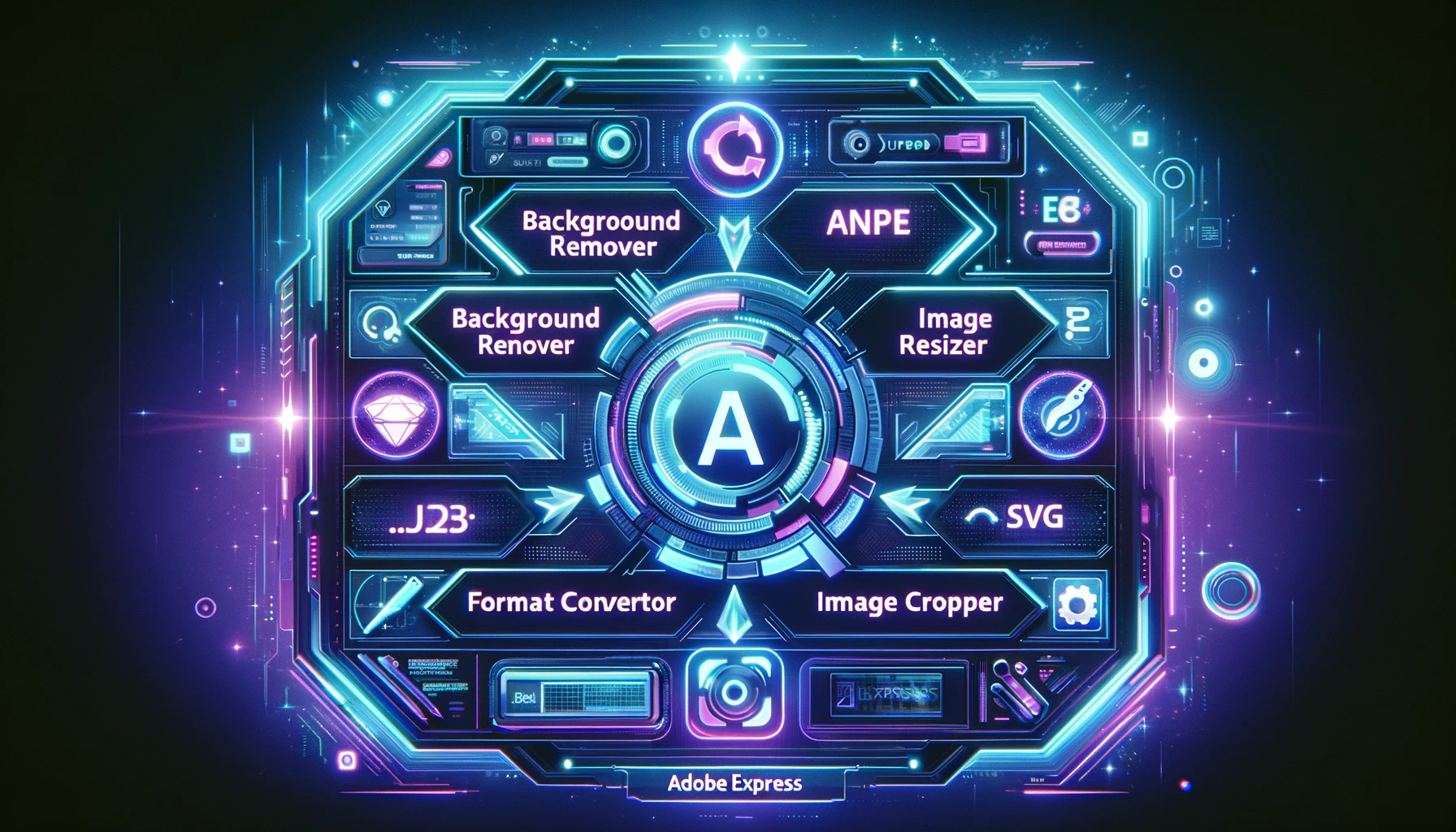Search Engine Optimization, or SEO, is one of the most widely used methods to increase foot traffic on websites by obtaining high ranking placement in search results. As you can imagine, this is incredibly popular given the technologically driven society we live in, but, as with most pieces of business, when SEO goes wrong, it can be costly and potentially damaging.
We have all had those moments of terror where we want to hide under our desks and pretend a problem does not exist. Unfortunately, as SEOs, this is not the best way to approach a situation. Quick resolution of a problem in SEO is key. There are moments where you can instantly realize a mistake was made and others where the problem can sit there for a while. Either way, it takes a lot of work to fix it.
Google warns you about a number of things in their Webmaster Guidelines to prevent situations like this from occurring. Things such as loading pages with irrelevant keywords, scraped content, cloaking, and sending automated queries to Google should not occur, however, people convince themselves many of these things are okay. None of these are good idea, but that will not keep people from trying to get away with something or misunderstanding the practice.
There are crawl and indexation issues which can be made from a dev environment. When you see it, your skin will crawl. Your website, having been indexed, you will see the SERP error stating there is no available description for the page. Then, there’s the noindex meta tag which can prevent you from specifying which page you want indexed.
Manual penalties are scary. It means you or someone associated with the website did something bad and Google caught it. These things include hacked sites, spammy structured markup, thin content with little or no added value, cloaked images, and hidden text and/or keyword stuffing. Many of these penalties are well deserved as someone attempted to take a shortcut to benefit them. With Penguin now operating in realtime, a wave of manual penalties are expected.
One incorrect character is all it takes to break a website. One bad piece of code can bring the whole site tumbling down. All it takes is overlooking one section in the contract which states the company doesn’t own the domain. One canonical tag used incorrectly or changed in error, one poorly linked site, one alternate website version and the entire thing can crash hard and fast.
It’s amazing how one bad decision or overlooking a minute detail can be costly, both in monetary terms and man hours.








